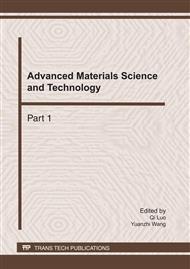p.965
p.975
p.979
p.983
p.987
p.993
p.998
p.1006
p.1013
A Fuzzy-AHP Method to Enterprise’s Partner Selection under the Green Operation Strategy
Abstract:
To solve partner selection problems under enterprise’s green operation strategy nowadays, a new fuzzy-AHP method based on the AHP and basic theory of the triangular fuzzy number was given. Moreover, the evaluation hierarchy structure and corresponding evaluation process were described. Compared with traditional AHP approach, the proposed model combines subjective analysis with quantitative analysis more reasonably, synthesizes group opinions more adequately. The method can be practiced easily and widely, mainly because of the model’s simple, normative arithmetic formulas and the consistency of triangular-fuzzy-number-based judgment matrices. The results of a case study on selecting fabric suppliers in a middle-scale clothing enterprise indicate that, by applying the method-based software system, fair and reasonable conclusions under group decision-making environment can be acquired clearly.
Info:
Periodical:
Pages:
987-992
Citation:
Online since:
January 2011
Price:
Сopyright:
© 2011 Trans Tech Publications Ltd. All Rights Reserved
Share:
Citation:


